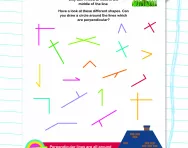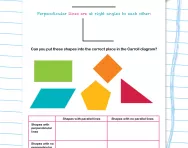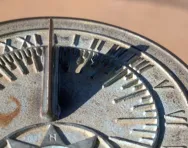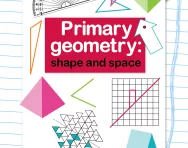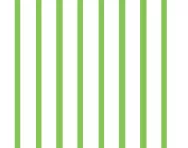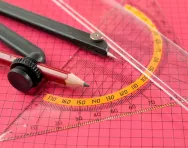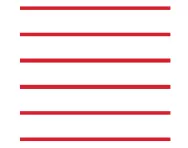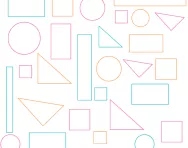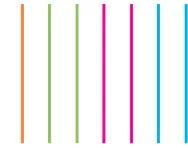TheSchoolRun.com closure date
As we informed you a few months ago, TheSchoolRun has had to make the difficult decision to close due to financial pressures and the company has now ceased trading. We had hoped to keep our content available through a partnership with another educational provider, but this provider has since withdrawn from the agreement.
As a result, we now have to permanently close TheSchoolRun.com. However, to give subscribers time to download any content they’d like to keep, we will keep the website open until 31st July 2025. After this date, the site will be taken down and there will be no further access to any resources. We strongly encourage you to download and save any resources you think you may want to use in the future.
In particular, we suggest downloading:
- Learning packs
- All the worksheets from the 11+ programme, if you are following this with your child
- Complete Learning Journey programmes (the packs below include all 40 worksheets for each programme)
You should already have received 16 primary school eBooks (worth £108.84) to download and keep. If you haven’t received these, please contact us at [email protected] before 31st July 2025, and we will send them to you.
We are very sorry that there is no way to continue offering access to resources and sincerely apologise for the inconvenience caused.
What is perpendicular?
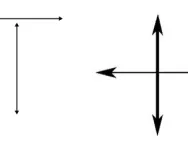
What is perpendicular?
When two lines are perpendicular, they are at right angles to each other.
All of these diagrams show pairs of lines that are perpendicular to each other.

Learning about right angles and perpendicular lines in primary school
Children learn about quarter, half and full turns in Key Stage 1, where they are usually encouraged to stand up and make turns to face objects in the classroom to give them an idea of what a quarter, half and full turn are.
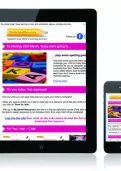
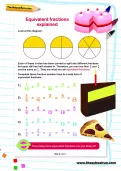
Boost your child's maths & English skills!
- Follow a weekly programme
- Maths & English resources
- Keeps your child's learning on track
In Year 3, children need to be aware that a straight line is made up of two right angles and that a quarter turn is a right angle. They will be asked to identify these in 2D shapes. At this point, they will also learn that two lines at right angles to each other are called perpendicular lines.
Identifying perpendicular lines in shapes
Example geometry questions a Key Stage 2 child might come across are:
Tick the two shapes that have perpendicular lines:

In this case, they would need to tick the second and fourth shapes, as these have perpendicular lines (lines at right angles to each other).
Add two lines to this drawing to make a shape that has perpendicular lines:
Tick the shape that has a pair of perpendicular lines and an acute angle:

(They would need to tick the second shape.)
It is vital that children understand the concept of right angles to understand what perpendicular lines are.
It can take a while for children to get the hang of angles and getting them to stand up and make quarter, half and full turns can be a useful activity to keep repeating throughout their time in primary school, so that they are aware that a quarter turn is 90˚, a half turn is 180˚ and a full turn is 360˚.
In Year 3, when children first start learning about right angles, they are sometimes given a small, square piece of card, so that they can use the right-angled corner of this card to check whether a shape has a right angle or not. This can be a useful tool all the way through primary school!

